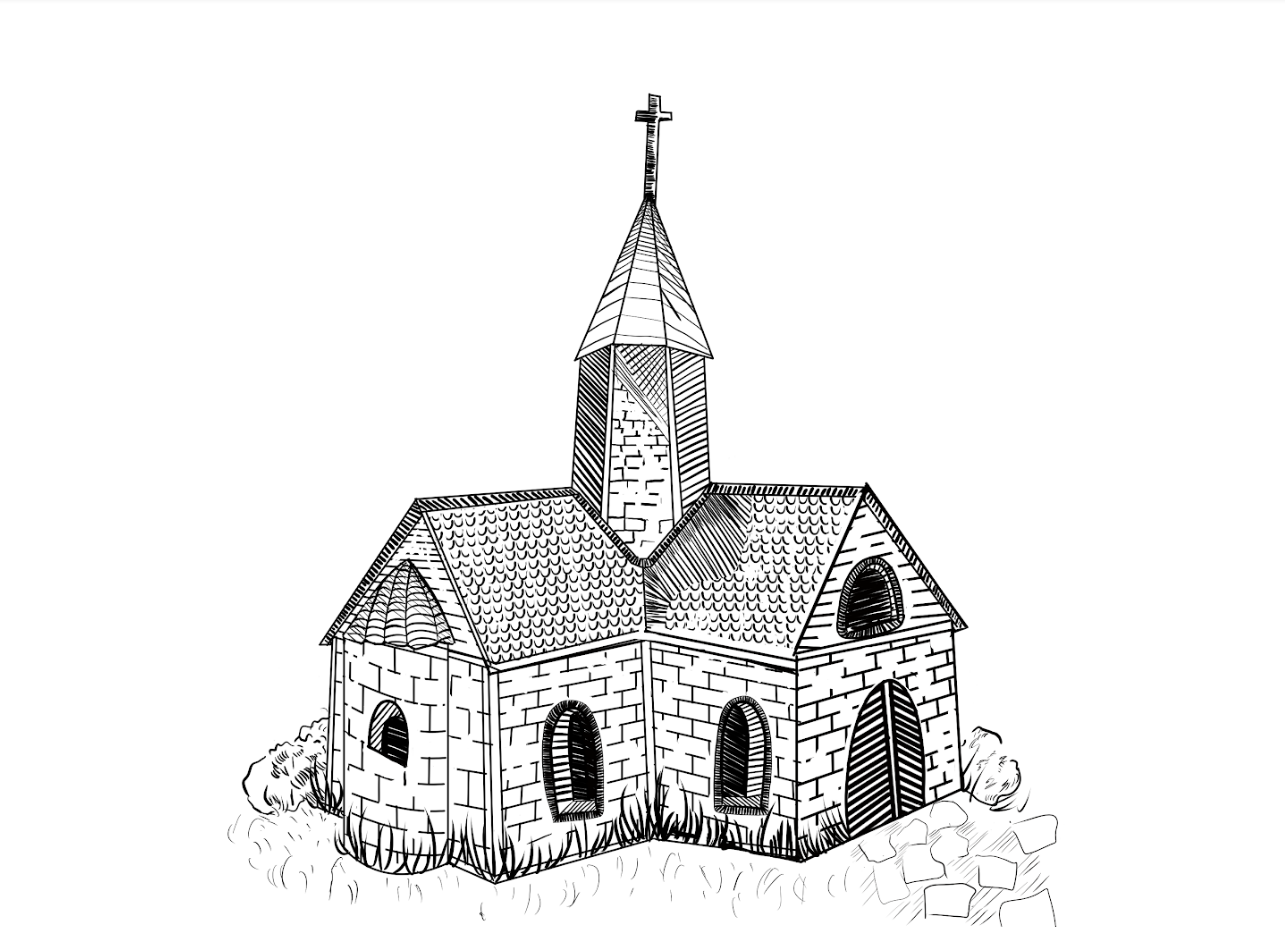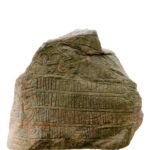Visby, the world-famous, UNESCO-listed Hanseatic City, and the largest settlement on the Swedish island of Gotland has a long and, at times, complicated history. The city that is now so popular with tourists from near and afar is a shining jewel in the glittering Baltic Sea that has played its role in shaping Scandinavian history and its relationship with neighbouring states. This was most visible, perhaps, during the medieval period when Visby held an influential and prominent position within the Hanseatic League.
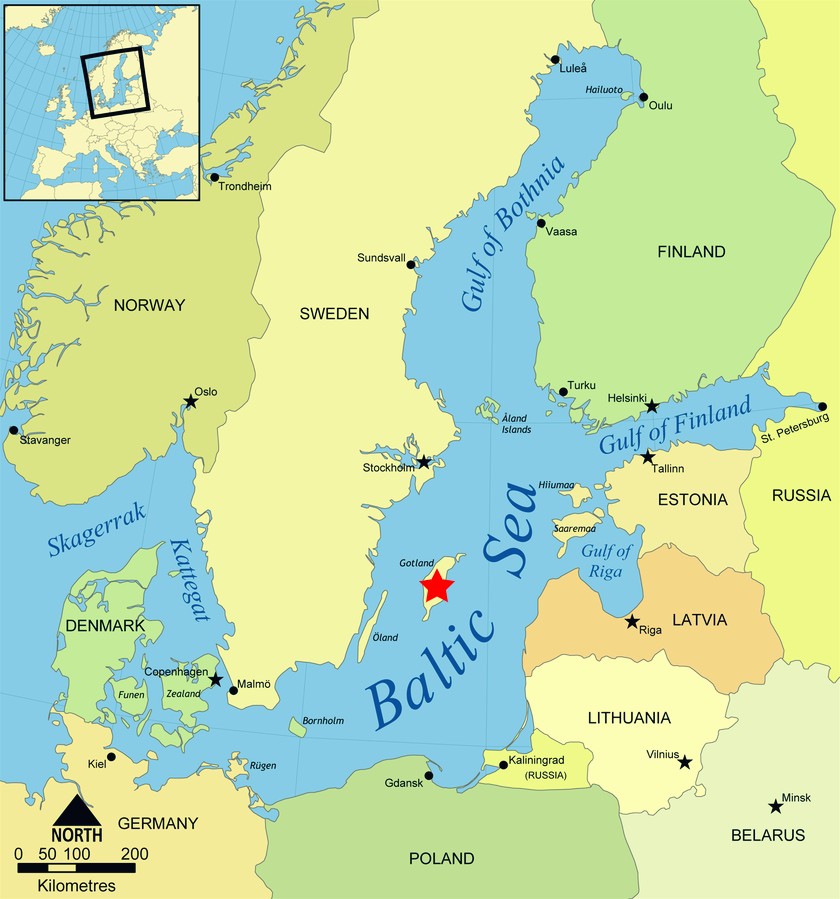
The Hanseatic League was a commercial and defensive confederation of, at its peak, over 200 market towns and merchant guilds, spanning seven present-day countries in central and northern Europe. Visby being the beating heart of Gotland had a favourable coastal location that made the city ideal as a trading post between the Hanseatic Cities in the east such as Tallinn, Tartu, and Novgorod, and the coastal cities of Gdańsk (Danzig) and Lübeck. Many of these nationalities and members of various merchant guilds settled in different cities of the Hanseatic League, a considerable number of German merchants chose to settle in the Swedish city of Kalmar for instance. However, it was not just a diaspora of Germans that resided in market towns along the Hanseatic trading route, but also apparently Russians from Novgorod, with a number opting to make Visby their home.
What the Russians could do in Visby was regulated through the Yaroslavl Treaty, preserved as an appendix to another trade agreement in 1259. The treaty was focused on reciprocity and largely concerned Germans and Gotlanders but incorporated all merchants as they were those who relied on peaceful trading. The treaty highlighted the importance of Visby as a marketplace and trading post. The Germans were able to visit Novgorod to shop, with Russians being able to trade in Germany. Later in the 13th century, Gotland’s role become more prominent and focused on Russian activities. From 1259, Russian merchants were only supposed to be able to visit and trade on “the Gotlandic Coast”, and especially Visby, instead of travelling to the German-Roman Empire. This is also the earliest written date of Russian trade on Gotland, however, it is likely that trade actually began two centuries earlier. Certainly, trade between the two cities was occurring in the 12th century when Russian chronicles describe the trade journeys between the east and west. The 1259 statement was a significant moment in Gotland’s social and economic medieval history and largely came about due to the rising status and prominence of Visby’s merchants and respective guilds. They were now powerful enough to be able to manage their own trade agreements with the Novgorod merchants. It appears that this treaty had a considerable longevity in a period that was often rife with war; in 1371 the Russian trading post still functioned, and the merchants benefited from a certain amount of legal immunity.
It can be presumed that the Russians who did settle on Gotland and those who passed through on trade during the Medieval period would be unwilling to attend a Catholic church ceremony, (Sweden practiced Catholicism up until the Lutheran Protestant Reformation occurring between the late 1520s through to the end of the century). Thus, the need for an Orthodox church for both the Russian settlers and the merchants from Novgorod who were in Visby trading. The Russians, particularly those from the province of Novgorod, would become a permanent fixture within the Gotlandic merchants over the next few centuries.
Based on the belief that trade between the states occurred from such an early date, it is likely that a Russian stone church would have been present in Visby from the 12th century, which possibly succeeded an earlier wooden structure. Acts of reciprocity are likely to have occurred between Novgorod and Visby and Saint Olof’s Church was documented in the Russian city from c.1070 and mentioned on runestones in 1152 and 1181. Meanwhile, the Visby Russian church and could have been named after Saint Nikolaj. The architecture and size of the church can be determined from the ruins which remain, and it was believed to be estimated around 11 metres X 7 metres in size thus being rectangular in shape. The church itself consisted of one room and one choir whilst in the middle of the nave were four square pillars that likely supported a small dome tower. At the apse of the church would have been a traditional square altar, a typical and standard feature of Orthodox churches. The feet of the altar table remain which implies the table was constructed of stone and not wood, which is again a typical feature of Russian church architecture. It appears the two chambers of the church were separated by a heavily decorated wall, known as an iconostasis which would have been painted with iconography and supported three doors. The role of this wall would largely be to conceal the most sacred aspects of the service from the congregation, to which only the priest would be privy to.
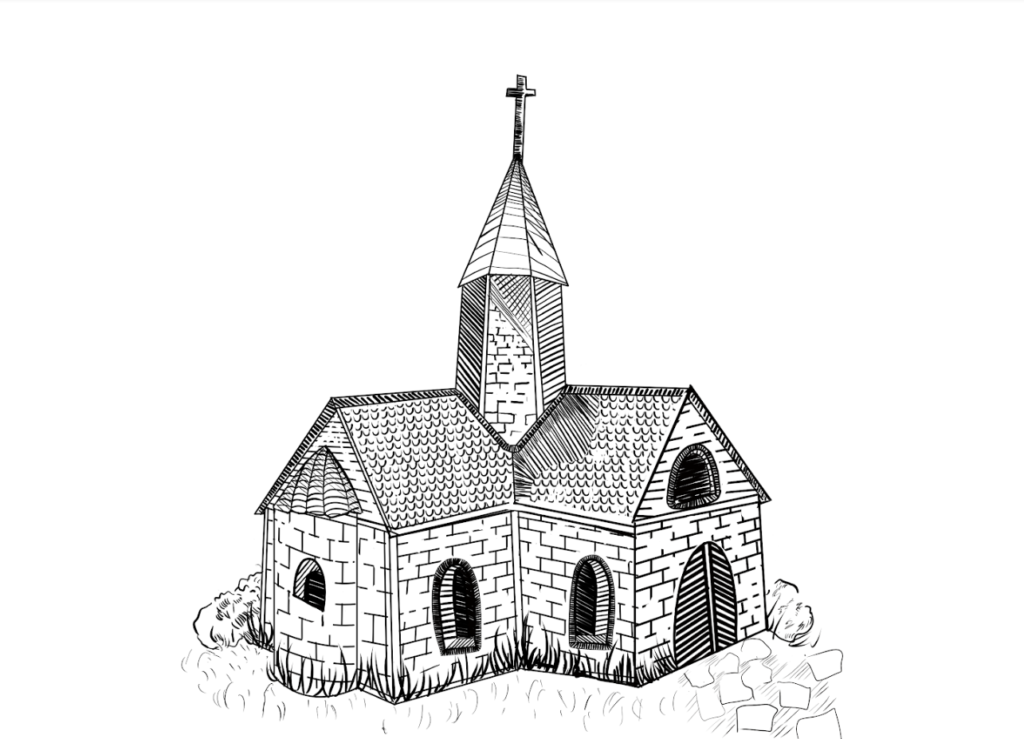
When the church and its respective courtyard ceased to be in use can only be estimated, there is documented evidence to support the area still being used in 1371 by the Russian population but that it was likely abandoned at some point in the 1390s. The presumed abandonment of the church, and the diminished importance of the Russian merchants, appears to coincide with a period of turbulent years where several factions including Danes, pirates, and the Mecklenburgers were fighting for power and control of Gotland. It is thought the Russian community in Visby ceased to exist from the mid-1400s with the church eventually falling into ruin and thus likely being demolished when new structures were built on the site two centuries later. The notion of a Russian church on Visby was realised when the owner of the establishment and building, that now stands where the church would have been, discovered a 1684 protocol discussing a property dispute, concerning the plot named as the “Ryska gård”. Intriguingly, it also seems to provide a location for the medieval Russian church as stating that the “gård” was located at the same site as the “ancient Russian church”. An archaeological excavation was carried out at the site in the north-eastern part of Visby’s main town square (Stora Torget) in 1971. A remarkable find was discovered including the foundations of the church and a Russian cemetery featuring 30 graves (of which one can still be seen in the basement). It is believed the church was a focal point of the Russian trading area in Visby with the area also supporting housing and warehouses over a larger area than initially thought. The name of the alley next to the 17th-century property (that is now a tapas restaurant) is also named Ryska gränd (the Russian alley), thus hinting at the location of the Russian area of Visby. Thanks to the work undertaken by Gotland Museum, the site is available for guided tours (please check before visiting) and can be accessed through the basement of the Eden Tapas Bar at Ryska Gård.
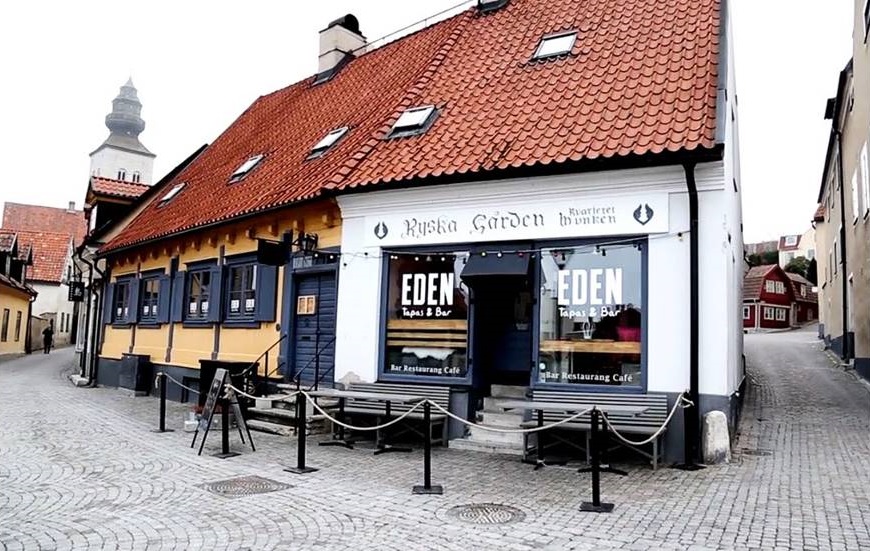
Cover image: Molly Wadstål. Copyright 2021 Scandinavian Archaeology.
Text: Alexandra Cochrane. Copyright 2021 Scandinavian Archaeology.
About the author

Alexandra Cochrane
Medieval historian and archaeologist from the UK, specialising in the historical archaeology of the “outland” in Scandinavia and Northern Britain. I obtained a 2:1 Bachelor of Arts with Honours in Ancient and Medieval History from the University of Birmingham and a Master of Humanities (Archaeology) (two years) from Uppsala University.
I am also in the process of completing a Master of Arts in Global Environmental History (two years). My archaeology thesis focused on identifying, locating, and contextualising a medieval region called the Ragundaskogen in eastern Jämtland (Sweden) using written sources from the Jämtland and Härjedalen’s Diplomatarium from a Niche Construction perspective.
My future goal is to complete a PhD with an interdisciplinary focus allowing me to pursue both my love for analysing texts and archaeology. In my spare time I can usually be found doing High Intensity Interval Training, cooking or snuggling up with a historical fiction novel and a dram of scotch.
